THANK GOD for those documentaries shown in television. The ones from
SPAIN, they teach and make you wonder. Docu.tv and Rtv.es, these people
keep one sharp regarding not only the environment, also but issues that often get blurry and out of focus since all the information we receive in any media is nine of ten times negative or silly.
The theme is a palm tree, rather thin, with sharp thorns all around. It grows 30/40/50 feet. The fruit is the Chontaduro, or BACTRIS GASIPAES. It is hard to believe the passion towards this fruit, with alleged aphrodisiac effects, eaten boiled or raw when it has matured.
This region gets tons of rain and the soil is reddish/orange and mostly
clay.
This tree is the main staple for income, bartering among the black population in this region of CALI, Colombia. From the seed beds, is
collected and planted in pairs. The area is marked to be able to spot
the plants at the time of weeding. After 3/4 years, the crops are ready.
Meanwhile, the farmers have to protect the fruit from parrots among other birds and insects. Pest management is organic. Garlic is smashed and
mixed with water sprayed at flowers/fruits. A back tank
is used, with a home made hose to reach. Another method of protection is to cover the fruit with plastic sheets stuck around the fruit bunches.
What is really amazing is to watch one in the group, climbing in a home made contraption through the palm trunk to reach the fruits. It is made out of tree branches and rope with the needed tension to climb without
sliding. Since the palms grow thorns, the climbing destroys their only means of protection.
The one used to climb dies later on . For this reason these fellows use only one palm to reach the rest. You have to see it to believe it.
The contraption has two parts. One for the feet, to move up and one for the arms that also becomes a rest while going up. With a long stick designed to cut and stop the bunch from falling, the crop is picked
after going 30/40/50 feet. It is important to keep the bunch intact since
that will determine a higher price at the market.
After the fruit collected in distant areas is brought to the village, it is separated with size, ripeness in mind. Later tied up to be taken to the market in CALI, four hours away through dirt roads. But the fruit is also transported through rivers and rustic wood home made vehicles adapted to travel in rail road tracks!
The team also gathers bananas, mangos and other staples from the forest in long walks. In between crops they also do some logging apparently without destroying the environment. Some wise fishing is also part of the
struggle. In one, termites nests whole are cut, later in pieces.
These pieces, with termites are placed into wooden traps in the river to
catch shrimps. They are covered with banana leaves and kept firm in the
ground with sticks to stop the water from pushing them down river.
The documentary flows quickly. The center of it, some what unexpectecly, is a woman, who organizes the buying and selling in the village. She is also involved in transporting the merchandise to CALI.
It is worth mentioning that the best price requires whole bunches. The fruit that falls off is picked and used to pay laborers doing the heavy work
of loading and unloading, also for those who work in the farm. In addition she sells house to house, guava, mangos and CHONTADUROS. These are peeled with a knife, put in a plastic bag, with salt/and/or/honey and sold to children
and adults in that wonderful city.
Bringing this story home , one has to question the need of illegal workers
in USA or Puerto Rico do farm work. Or how this ILLITERATE people
demonstrate such intelligence working in precarious situations, probably without water/electricity to survive in harmony with nature.
Illiterate people, I wish we had many like them down here. Intelligence has nothing to do with schooling. But what is left? Ignorance? In Puerto
Rico it is an epidemic. Imagine this...
RECENTLY some really well paid workers from the STATE electricity company, mutilated and destroyed seventy so so trees for the hell of it.
Results? Consequences? Some 'leader' sent a letter to the jerk in charge
of the illiterate/ignorant fools culprits of such use and custom here.
How ignorant are these fools? Think of GALILEO, when the earth was flat.
To measure how stupid is the national intelligentsia here, AGRONOMISTS, will be used as consultants not ARBORISTS as logic/education mandates, to help the GESTAPO Forestry, of Puerto Rico, Recursos Naturales and the AEE
(Authority of Electrical Energy) quite a name!
Sorry. But reality bites....NOW is time to collect signatures again?
jueves, 21 de mayo de 2009
Suscribirse a:
Enviar comentarios (Atom)


















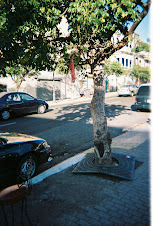-25.jpg)
-24.jpg)
























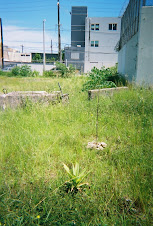




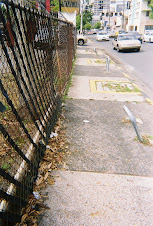
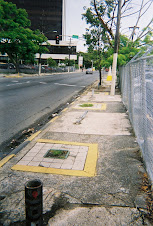
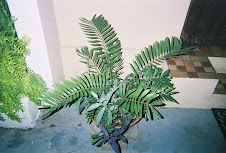




-22.jpg)
-25.jpg)
-24.jpg)






-16.jpg)
-13.jpg)
-08.jpg)
































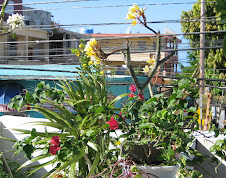
















No hay comentarios:
Publicar un comentario